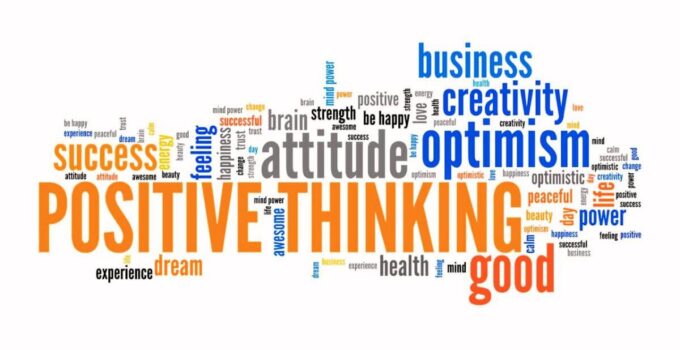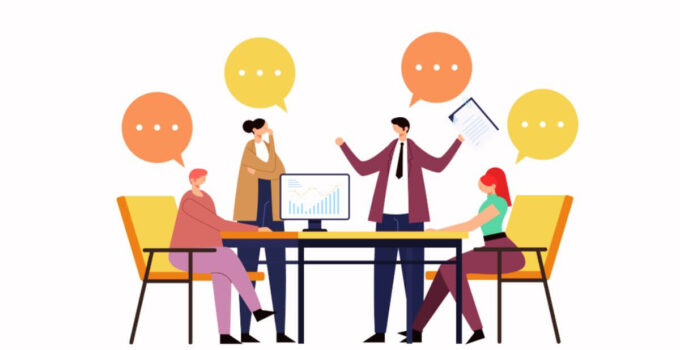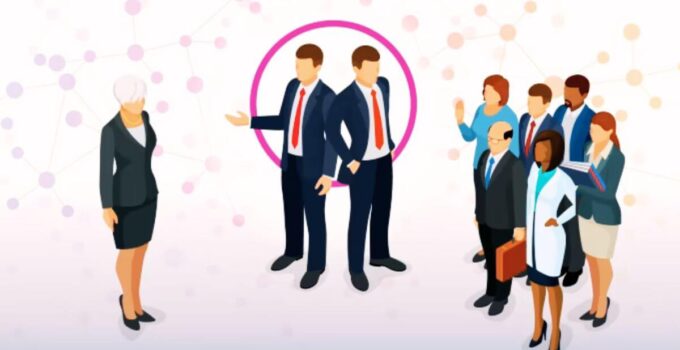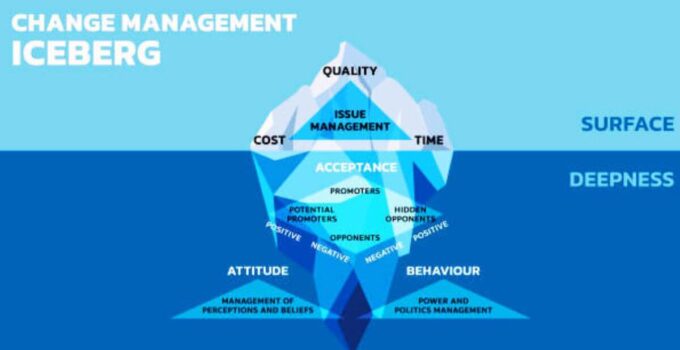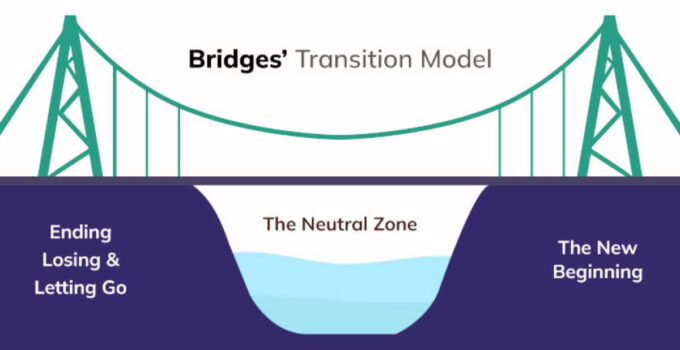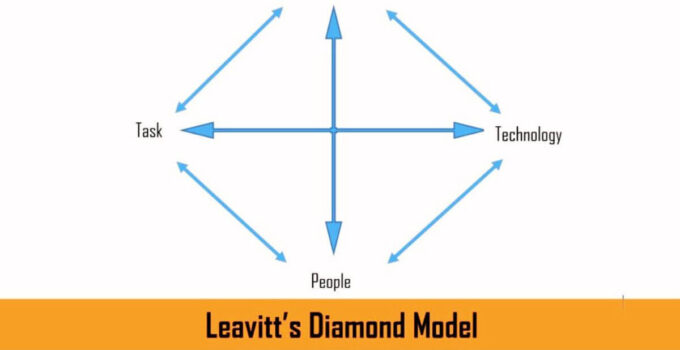Category: Change Management
Workplace culture outlines the behaviors, expectations, and attitudes of employees relevant to the changing environment. The working culture of every organization is different and relevant to the core values, …
Transparency in the workplace means welcoming open and honest criticism, sharing all the good and bad news with employees, and keeping them in the loop. Building business transparency promotes …
Workplace conflicts and disagreements happen in every organization. If you don’t resolve these conflicts on time, they will have severe consequences. They would amplify employee stress levels, and decrease …
When diverse and multiple types of people work together in the same place, conflicts and issues are common occurrences. Often HR professionals have the skills and expertise of managing …
We all have engaged in and experienced different types of conflicts and disagreements in the workplace. If you are playing the leadership role, then it is the leadership’s responsibility …
The cost of failing the organizational change project is very high. It could be in the form of losing opportunity, change fatigue, disruption, and external consultation. Many research studies …
Senior managers visualize and envision change for the entire organization along with taking strategic steps to implement the change the change. Middle managers play a key role in taking …
Wilfried Kruger is a leading writer and subject specialist in change management. He developed and proposed an iceberg model of change management; it focuses on outlining the dynamic process …
Bridges transition model guides businesses and companies through the change and transition. Change and transition happen to people whether they agree or don’t agree. However, the human response to …
Leavitt’s Diamond change management model comprises four main elements of organizational change; structure, task, technology, and people. The four main elements of the organizational change model rely on and …
